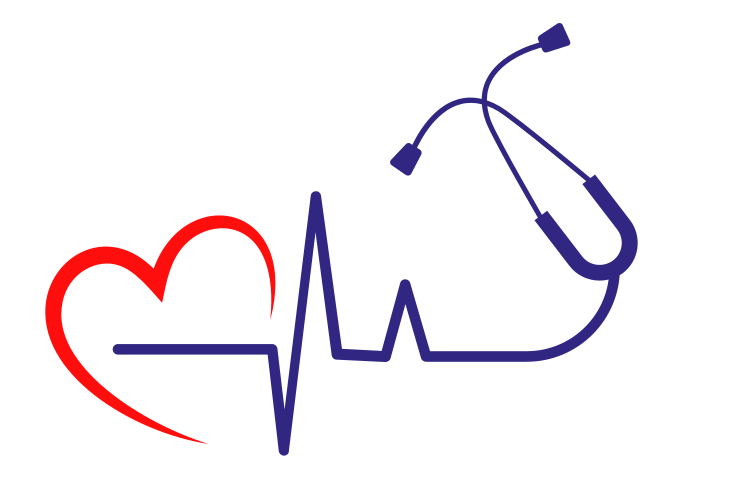
Welcome to Our Journey of Clinical History Taking
Hi everyone! I’m Dr Michael Banovic, a GP ST3 currently training in the Birmingham VTS program. I originally created this website as a personal development project for my portfolio—but then I thought, why keep it to myself? I’ve decided to share it with the wider world for anyone who might find it useful.
This site is a collection of symptom- and condition-specific history-taking forms—or templates, if you like—but it’s really more than just forms. It’s about preserving and sharing the art of clinical interviewing.
When I first started building this project, I had documentation in mind—specifically how we can improve the quality of entries in electronic health records. But along the way, I stumbled on something far more important.
Sure, we’ve now got powerful AI tools like Heidi that can help with documenting consultations. But what’s much harder to find—and what I think is incredibly valuable—is practical guidance on how to take a good, focused history. Especially in those high-pressure, back-to-back appointment days, where every question counts and your next patient is already waiting outside.
Ever had a moment where you wish you could quickly check what to ask so you don’t look like you’re just fishing in the dark? 😆
Yeah… me too. It’s awkward—for us and for the patient 😂
The truth is, most medical textbooks speed through history-taking and jump straight into investigations and treatment plans. But here’s the thing: even the fanciest imaging and lab results are only as good as the story behind them. When someone walks into A&E with chest pain, it’s not the CT scanner that makes the first call—it’s the history that helps us figure out which road to go down.
So what I’ve built here is a set of what I like to call “cheat sheets”—essentially, the key questions we need to ask our patients, whether in general practice, urgent care, or emergency medicine. This isn’t about memorising a script. It’s about recognising which questions matter, and why. As such, you as the expert
I’d love for you to explore this site with me, and use it as a space to reflect on what makes a good patient interview. Let’s learn together—how to ask better questions, how to listen more effectively, and how to sharpen the foundation of great clinical care.
Thanks for being here, and I hope you find this resource as helpful as it’s been for me.
How to Find What You Need
Let me share with you how I’ve organized everything on this site to make it easier for you to find what you need.
First, there’s the A-Z symptoms section. I know how overwhelming it can be when you’re face-to-face with a patient and just need a quick reminder of what to ask. That’s exactly what this section is for – a quick reference guide when you need to refresh your memory on specific symptom histories.
Then there’s our collection of disease-specific questionnaires. I’ve based these on the CKS NICE guidelines, focusing on the conditions we see most often in general practice. But don’t let that limit you – if you’re working in other specialties, you’ll find these just as useful. They’re comprehensive enough to cover all the important ground we need to cover with our patients.
✅ How It Works
Getting started is simple—using CheckSymptoms takes less than two minutes to master.
Let me share something I’m genuinely excited about: the forms on this site aren’t just clever tools to guide your history-taking—they’re built to help you produce clear, professional electronic records with ease. Here’s how it works: just tick the boxes next to the symptoms your patient presents with. That’s actually the inspiration behind the name CheckSymptoms (yes, pun absolutely intended). And as a proud dad of three, I’ve earned the right to make as many Dad jokes as I like!
The result? A clean, legible document you can slot straight into your records—no more typing out every single detail during documentation. It’s a system that blends the convenience of AI with the accuracy of human input, so you capture all those little-but-important details shared during consultations.
A quick but crucial reminder: always use anonymised data when using the tool. Think of it like MDCalc or any other trusted online resource—we must avoid entering any identifiable patient information online. Generic info like symptoms and onset dates is fine, but our duty to patient confidentiality remains non-negotiable.
Now, for a bit of tech talk: if you use the form without the AI assistant, all your data stays on your computer. It’s rendered purely with JavaScript—no data is sent anywhere. But if you do use the AI feature, the information will go to OpenAI (just like with other AI-powered transcription tools which would sent to OpenAI, Meta, X, Claude or any other service they subscribe to). That part is out of our hands, but transparency matters.
On the left-hand side of the screen, you’ll find a transcription area where you can record additional notes using a microphone. Whether you’ve got a fancy SpeechMike Pro or a trusty pair of headphones from eBay, this feature makes it easy to add those extra nuggets of information. Just a heads-up: the transcription doesn’t auto-sync with the form. If you want it included, pop it into the “Additional Information” textbox at the end.
Beneath that, you’ll find an AI bot ready to turn your collected info into a polished document. And for those wanting to take it a step further, there’s an AI-assisted restructuring tool available to members—it reshapes your notes into a beautifully readable format. That said, I find the standard version more than enough for everyday use.
I’ve put a lot of heart into making this tool as useful and complete as possible—but medicine is all about continuous improvement. If you spot anything that could be better or doesn’t meet the high standards we all aim for, drop me a line at contact@checksymptoms.co.uk. Your feedback genuinely means a lot, and I’ll work to fix any issues swiftly.
And hey—if you find it helpful, share it with a colleague! Because great medicine always starts with great questions.
Disclaimer:
CheckSymptoms is designed to support healthcare professionals by streamlining documentation and enhancing clinical workflows. It is not intended to replace clinical judgment, diagnosis, or treatment.
